
If the milestone for a person's life is 60 years, then Ms. Nguyen Thi Luy (69 years old) has spent that entire time attached to the house on the North bank of Doi Canal (District 8).
Living here since the time when the water was clear, you could swim and dive, and the waterway traffic was busy… now this is just a memory for her.
Along the banks of the Doi Canal, many makeshift houses have sprung up. Household waste and sewage are dumped directly into the canal, making the water increasingly polluted.
That is also the common situation of more than 20,000 city households who are living "hanging" on canals that have been planned for two decades.

30 years since the plan The clearance and resettlement of households on and along canals was established (in 1993). In general, all implementation phases achieved low targets (below 50%), except for the first two phases of 1993-2000 and 2001-2005, which achieved 100%.
In the 2016-2020 period, the major relocation of more than 20,000 houses along the city's canals only reached 12.4%, equivalent to 2,479 houses.
In 2021, the Ho Chi Minh City People's Committee set a target of completing compensation and relocation of more than 6,500 houses by 2025, but by mid-2023, only 557 houses had been relocated.
The government mainly focuses on four main canals and streams: Tau Hu - Ben Nghe, Tan Hoa - Lo Gom, Nhieu Loc - Thi Nghe and Tham Luong - Ben Cat - Nuoc Len canal.
However, most of them only stop at investment preparation, have not called for investors or are stuck with procedures.
And then, there are projects that have been silent for more than 20 years, forcing people to accept adapting to a polluted life with temporary solutions.
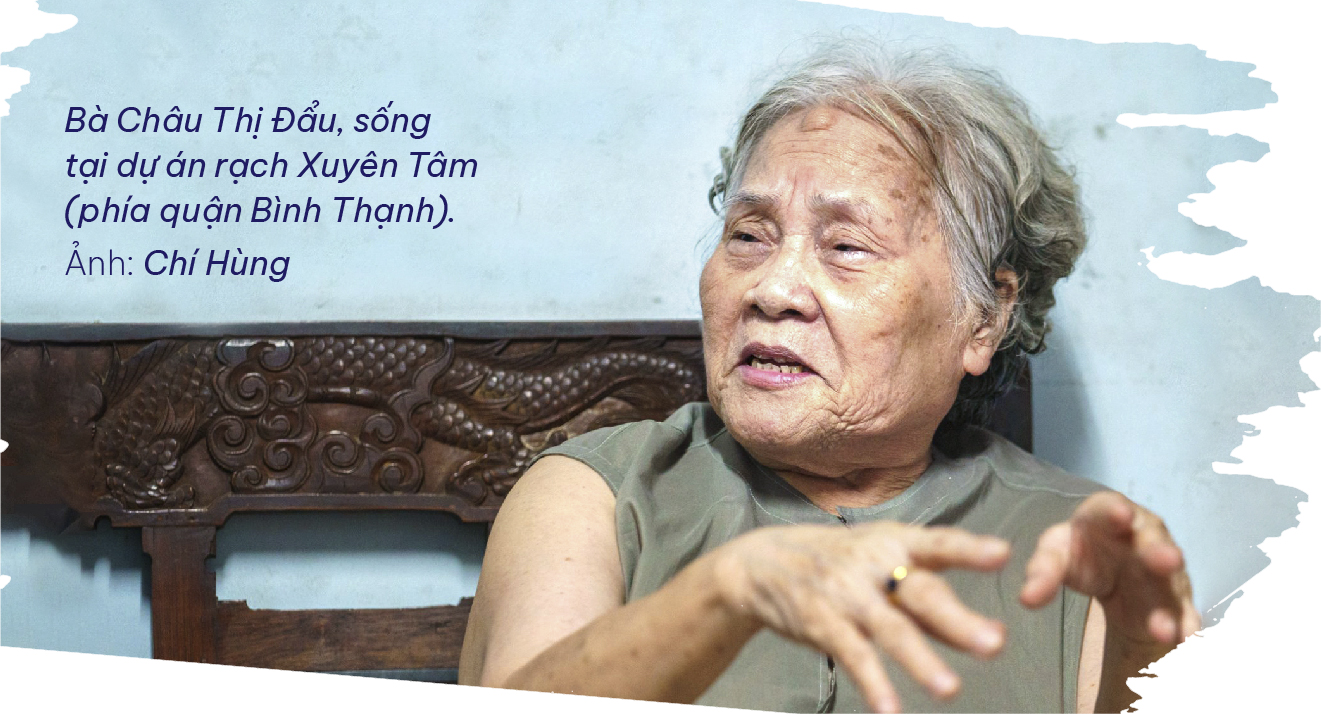
Ms. Chau Thi Dau, living in the Xuyen Tam canal project (Binh Thanh district). Photo: Chi Hung

After 60 years in the alley on Dien Bien Phu Street, the last time Ms. Chau Thi Dau (84 years old) heard about the planning project to renovate Xuyen Tam Canal was 13 years ago.
Not long ago, Mrs. Dau saw a group of officials come to measure each house, the whole neighborhood within the planning boundary was talking noisily.
Near the end of October, the most polluted canal in the city was scheduled for construction in Go Vap district. Mrs. Dau became even more impatient.

After more than ten years of being unable to be repaired, many houses along the canal have seriously degraded. Photo: Chi Hung
Xuyen Tam Canal (starting from Nhieu Loc - Thi Nghe Canal) is 8.2km long and is a system including Cau Bong Canal, Cau Son Canal, Long Van Tu Canal, Lang Canal passing through Binh Thanh and Go Vap districts and ending at Vam Thuat River.
The project has a total investment capital of more than 9,600 billion VND from the budget. Of which, the construction cost is about 2,700 billion VND, the compensation and site clearance cost is more than 6,300 billion VND.
It is expected that Go Vap district will hand over the site to start the project in August 2024 and complete it in April 2025. Binh Thanh district will hand over the site and start construction in April 2025 and complete it in April 2028.
According to the plan, the construction progress in Binh Thanh district will be slower than in Go Vap district. According to the investor, the reason is because the resettlement housing and land fund in the area is still lacking to arrange up to 807 houses.
Regarding this issue, the city's current solution is to provide financial support for people to rent temporary accommodation while waiting.
Xuyen Tam Canal passes through two areas, of which Binh Thanh district has nearly 1,800 affected cases, the area to be recovered is about 139,000m2. The district is allocated 42 resettlement plots, the rest are apartments, a total of 300 plots of houses and apartments.
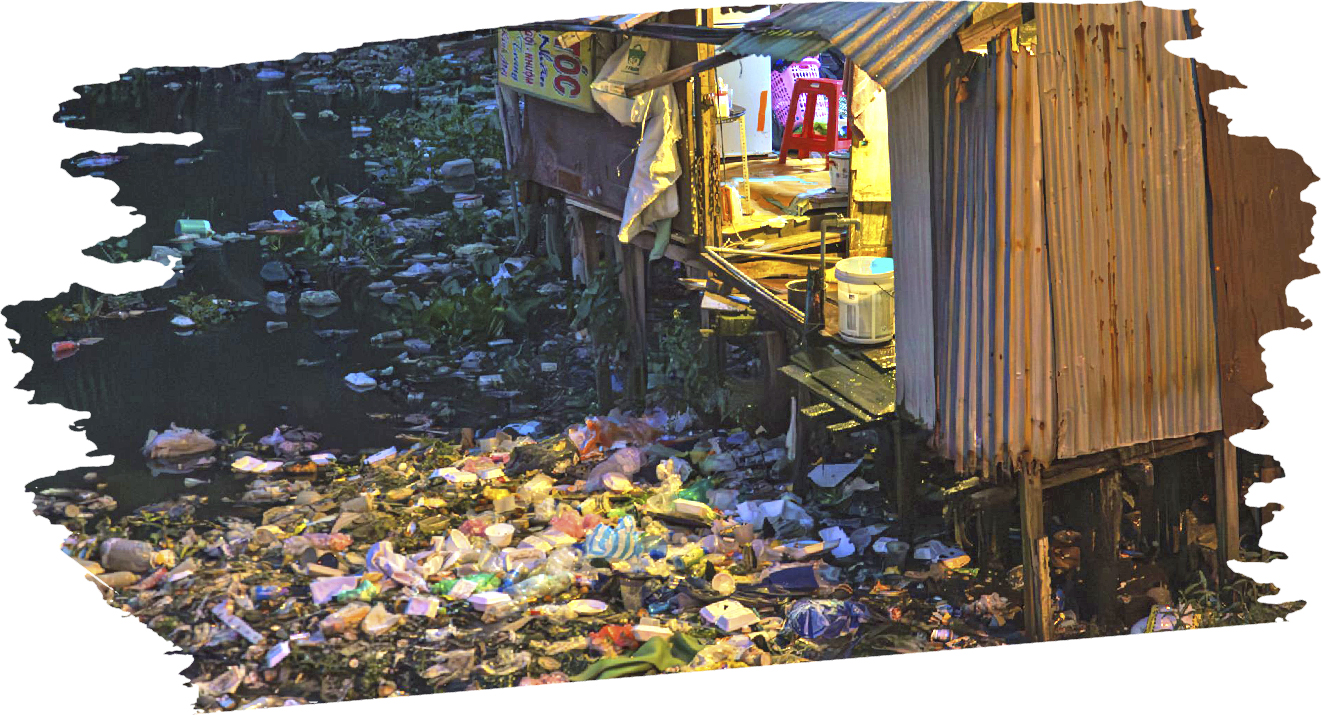
The quality of the living environment around houses along canals and ditches is increasingly polluted. Photo: Chi Hung
Mr. Nguyen Hoang Anh Dung , Deputy Director of the Ho Chi Minh City Urban Infrastructure Construction Investment Project Management Board , said that Xuyen Tam canal is one of the most heavily polluted canals in the city over the past two decades.
"To ensure the project's progress, the investor and the two districts of Binh Thanh and Go Vap are actively coordinating. To do so, the site clearance work needs to be agreed upon by the locality, especially the people," said Mr. Dung.

For more than three decades, funding to relocate 20,000 houses along the canal has been the biggest problem preventing this plan from becoming a reality. Determining land for resettlement of people is also a big problem for the city.
For example, to clear 2,600 temporary houses along the South bank of the Doi Canal and build embankments, about VND9,000 billion is needed. To relocate 1,017 dilapidated houses on the North bank of the Doi Canal, the total budget is more than VND2,575 billion.
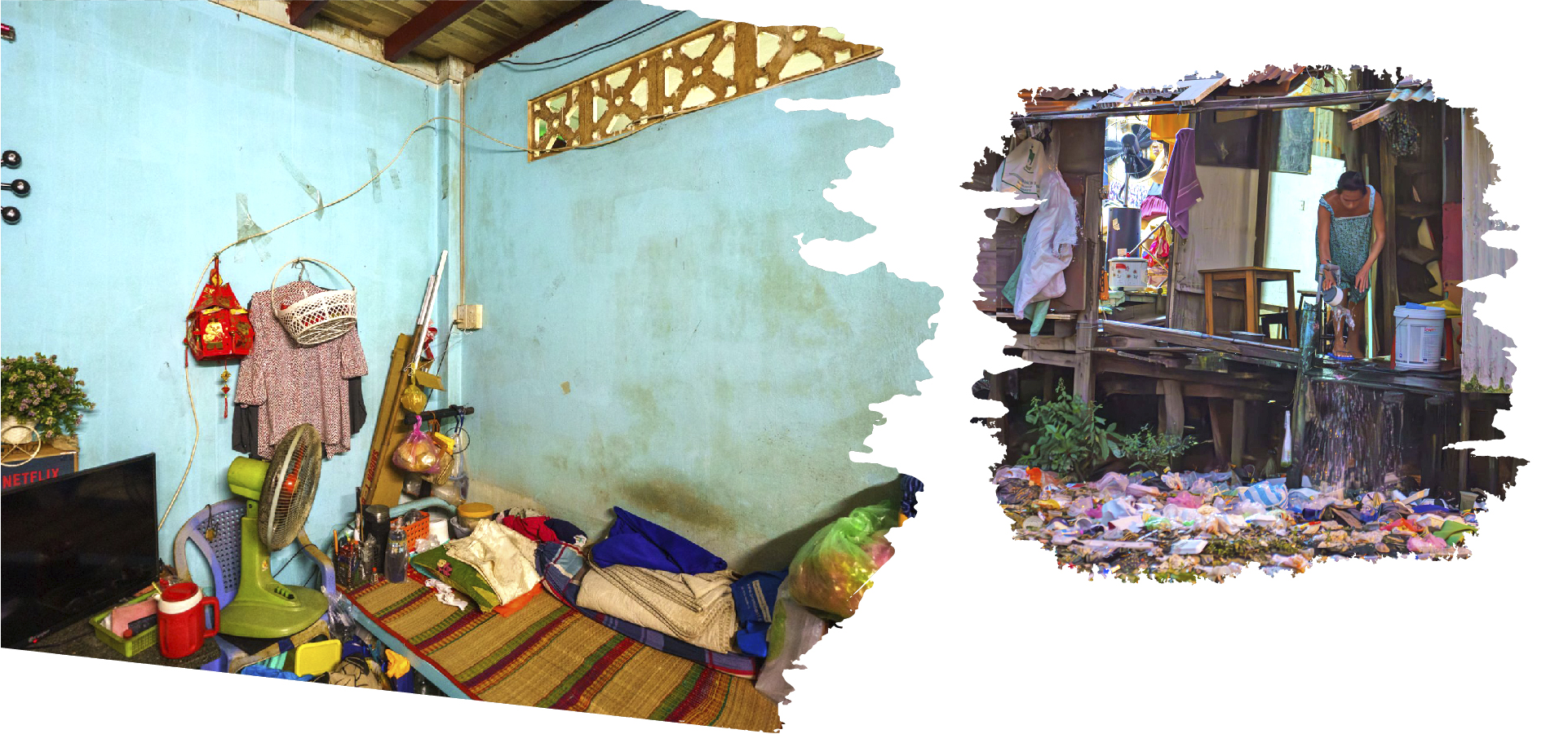
After more than a decade of being unable to repair, many houses along the canal have seriously deteriorated. The wharf below the canal is littered with floating trash. They have accepted this life for more than 20 years. Photo: Chi Hung
Due to budget constraints, compensation and site clearance are only focused on a few key projects such as the Xuyen Tam Canal and Hy Vong Canal renovation projects. Compensation, site clearance, and relocation of houses along canals in the remaining projects may continue to be suspended.
To gradually untie this knot, Mr. Vo Thanh Dung, Vice Chairman of District 4 People's Committee, said that it is necessary to mobilize social capital to participate in project implementation.
Besides, the city needs open policies and separate mechanisms for projects to relocate houses along canals to attract businesses and investors.
As one of the localities with leading results, Mr. Le Van Thanh, Vice Chairman of District 7 People's Committee, said that the locality has proposed 5 solutions when starting the work of relocating houses along canals.
From the beginning, the district determined that in land use planning and urban planning, land funds would always be reserved for the construction of social housing resettlement.
"The district's viewpoint is to prioritize the most beautiful place for resettlement, open for people to monitor.
Compensation and resettlement policies, clearance locations, and resettlement transfers all have specific prices for people to compare.
Importantly, the locality always builds resettlement grounds and apartments before clearance, so people can come and see for themselves before land is handed over," Mr. Thanh added.
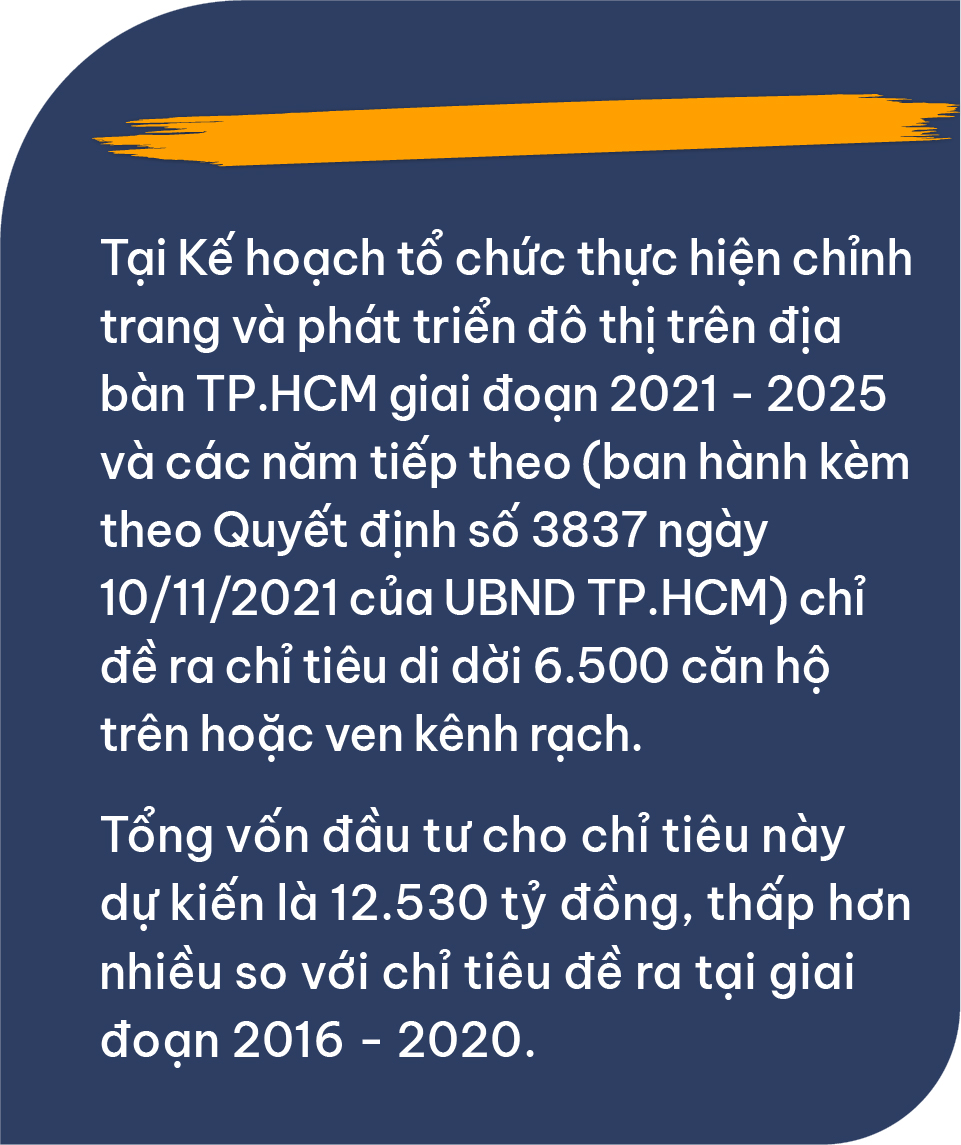
Source



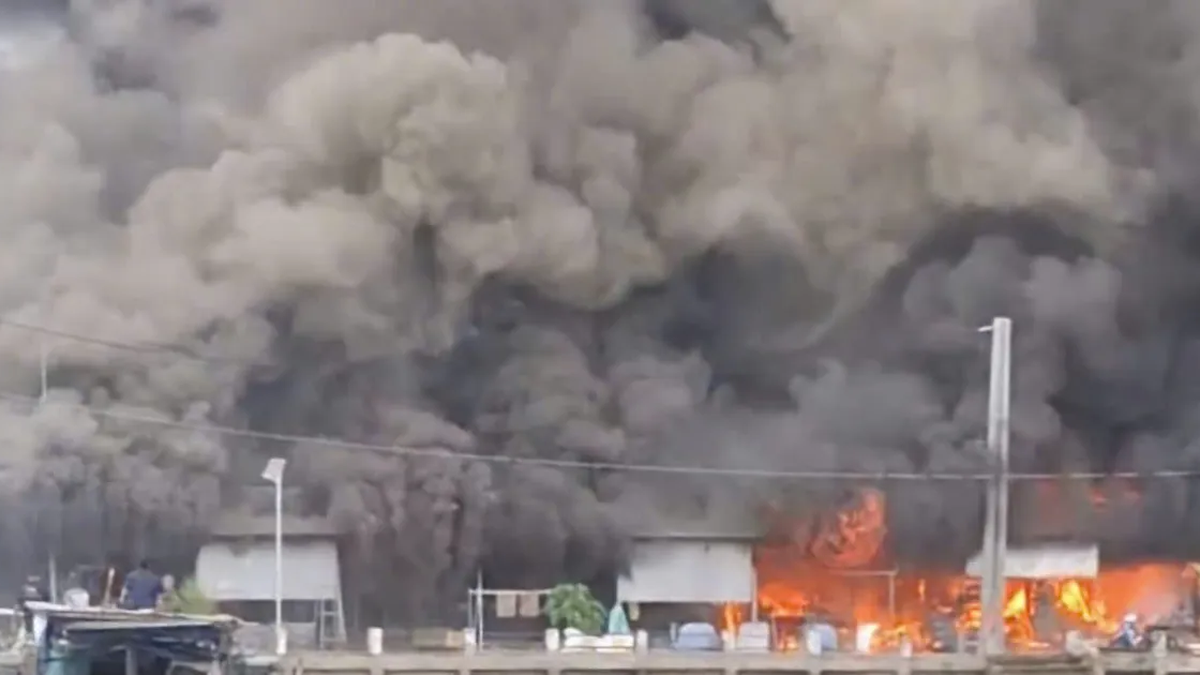



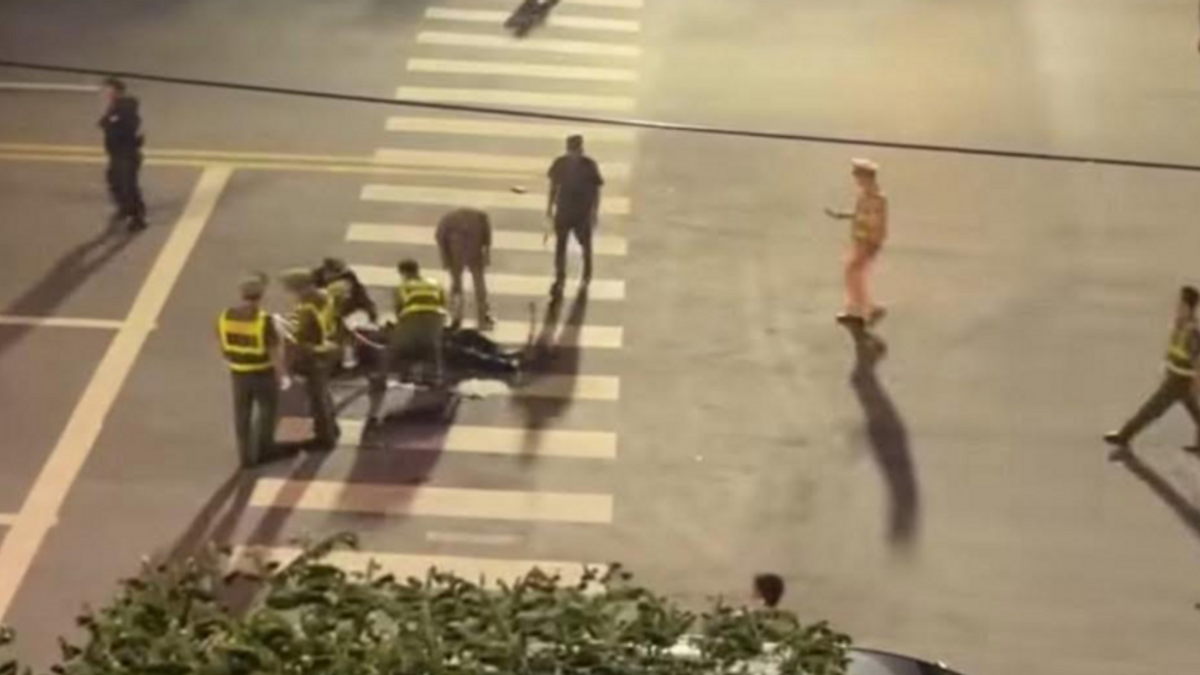
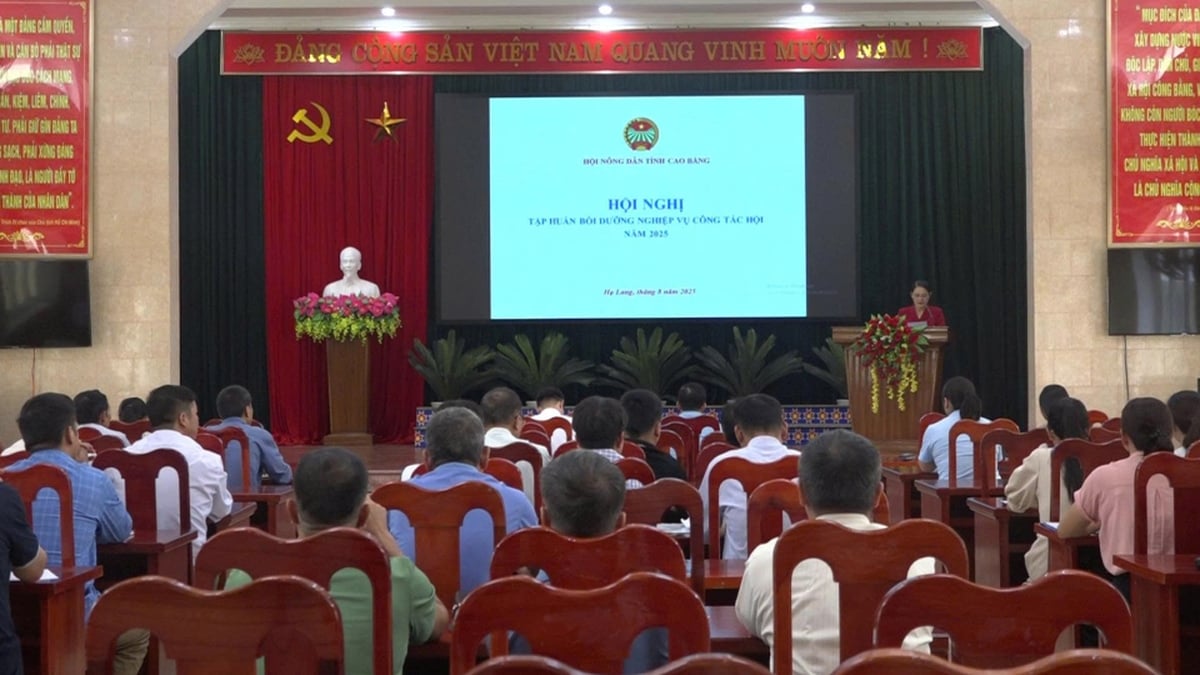


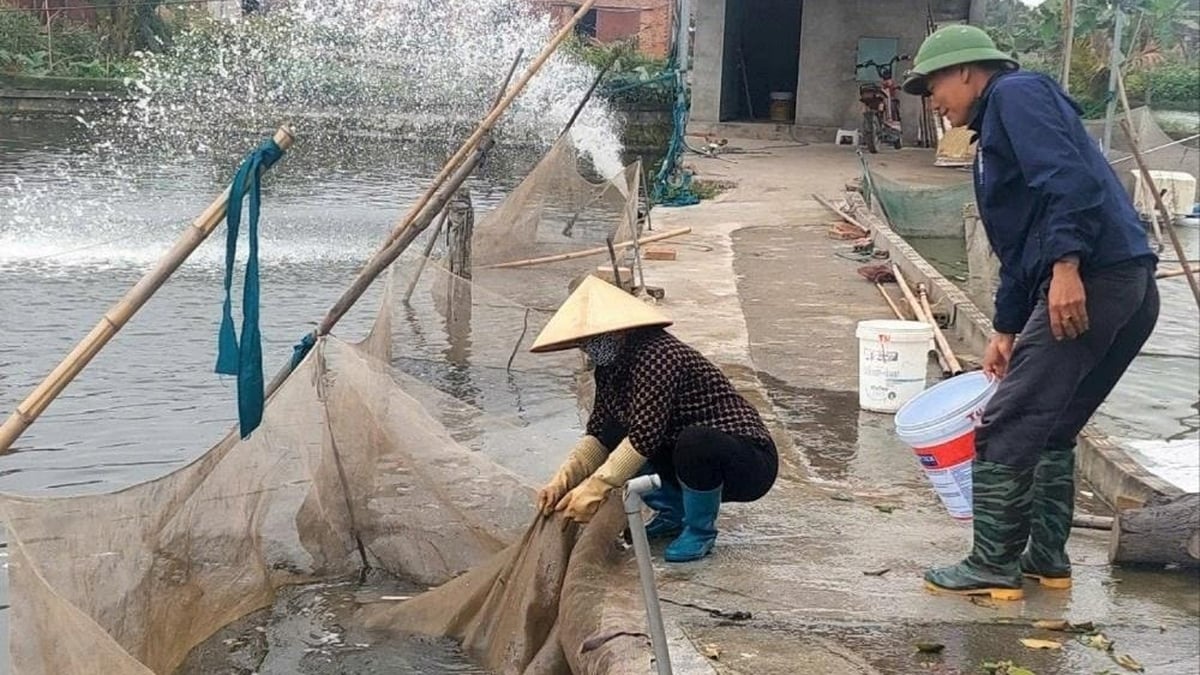











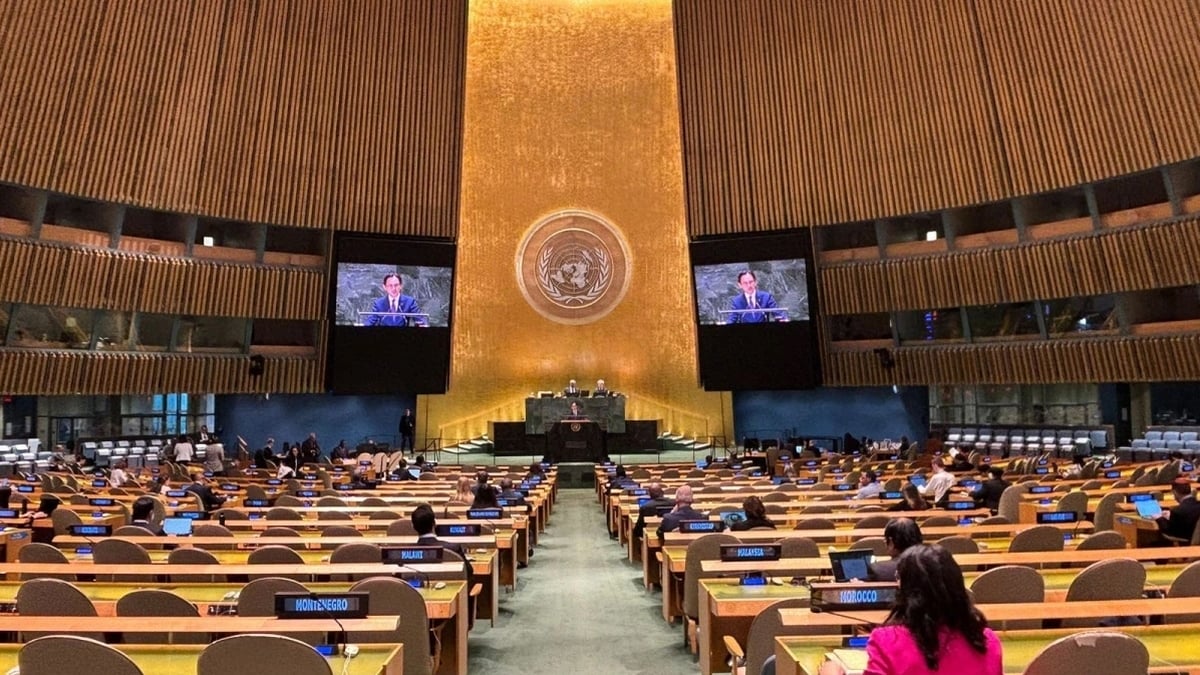


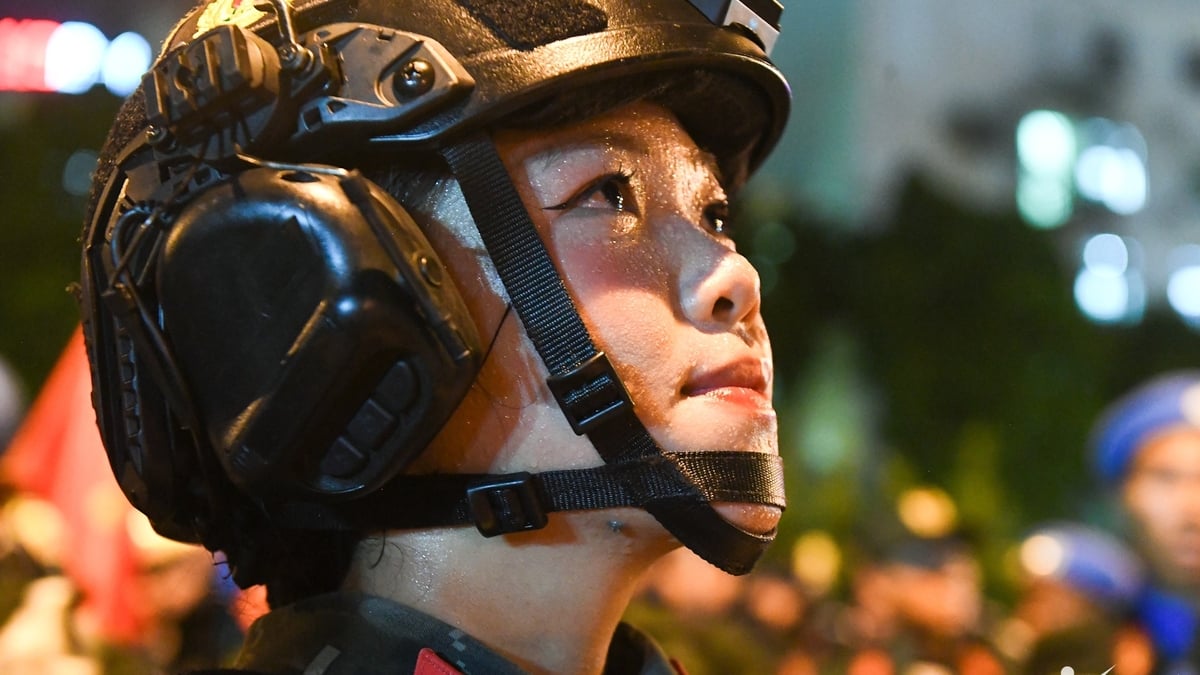


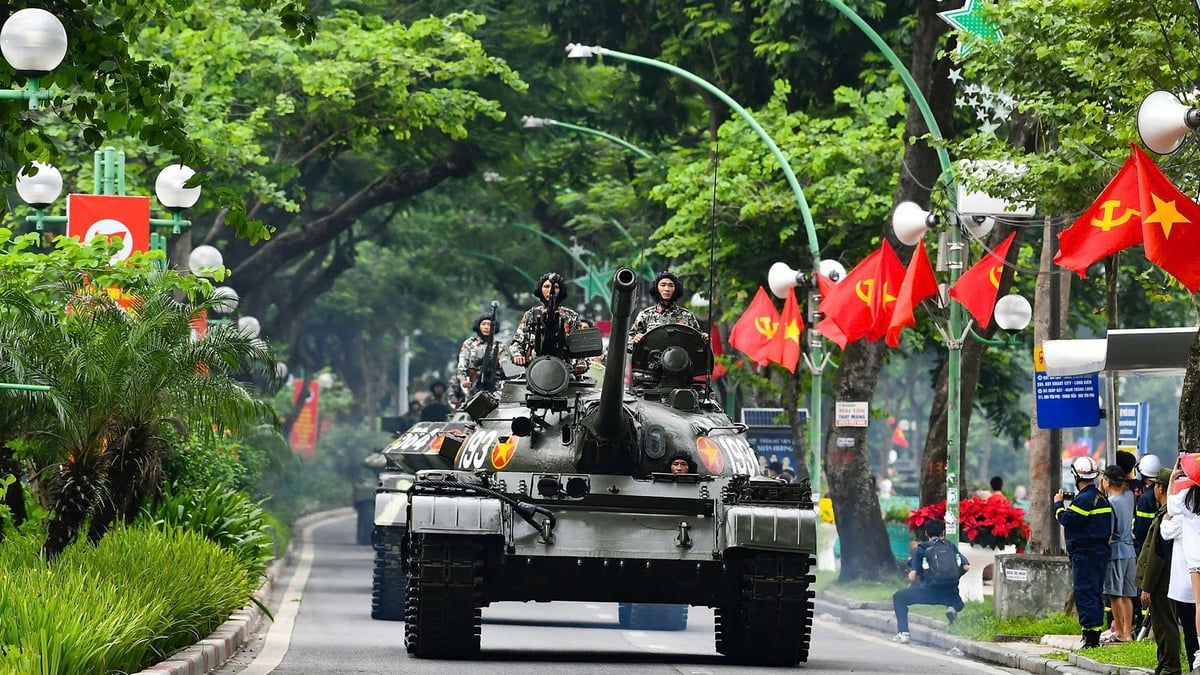







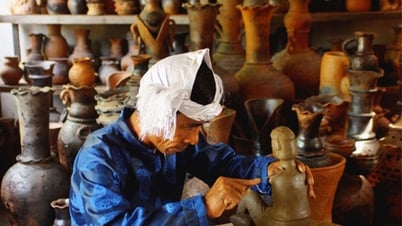



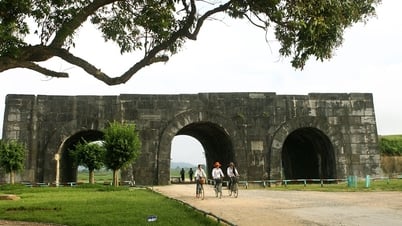







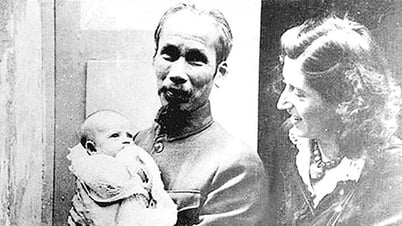



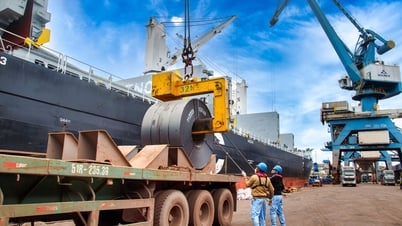












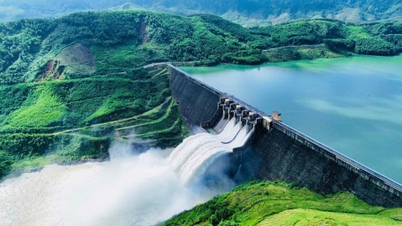
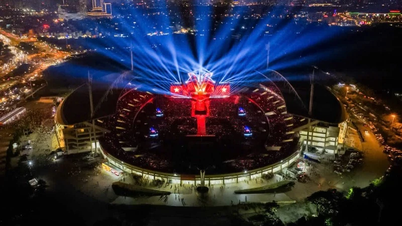























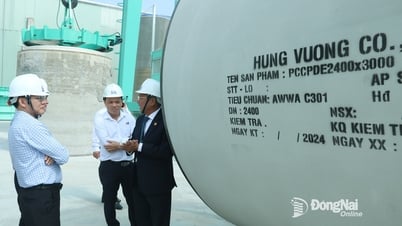




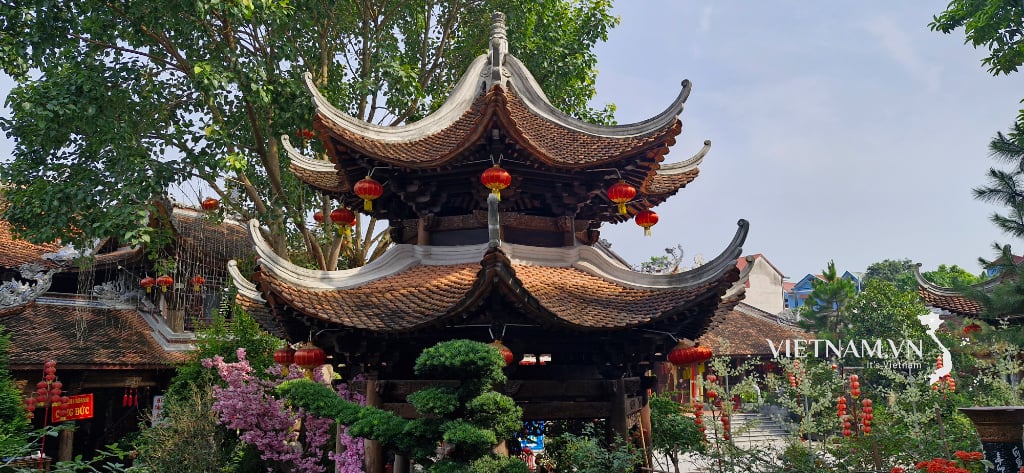

Comment (0)